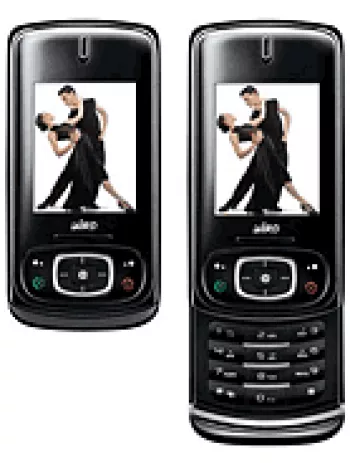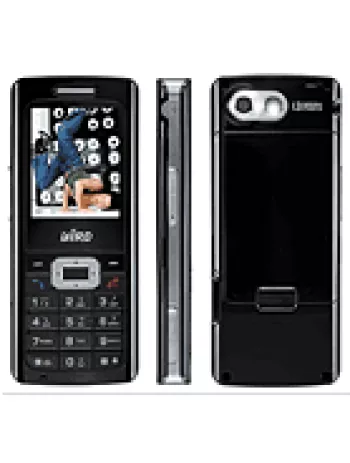
Introduction to the Bird S1160
The Bird S1160, launched in the first quarter of 2004, represents a time when mobile phones were simple, functional, and most importantly, affordable. Its design and array of features catered to the basic needs of users who prioritized voice calls and SMS over advanced functionalities. Though discontinued, it remains a testament to early mobile phone technology.
Network and Connectivity
The Bird S1160 operated on GSM networks, specifically on the 900/1800 MHz bands. This made it compatible with numerous regions worldwide, especially in Europe and Asia, given the widespread use of these frequencies during the early 2000s. However, it lacked GPRS and EDGE support, meaning it was limited to basic voice and SMS functionalities without internet capabilities.
Launch and Availability
Announced in the first quarter of 2004, the Bird S1160 was part of a rapidly growing market for mobile communication. While its production lifecycle has since ended, during its time, it offered a compelling option for those seeking a straightforward, budget-friendly phone.
Design and Build
With dimensions of 86 x 46 x 21 mm and weighing just 85 grams, the Bird S1160 was compact and lightweight, making it extremely portable and easy to handle. It featured a Mini-SIM slot and was available in a subtle silver color. Its small size and ergonomic design meant it could easily fit into a pocket, making it ideal for users on the go.
Display Characteristics
The display of the Bird S1160 was a CSTN mono screen with a resolution of 112 x 80 pixels. While it didn't have the vibrant color displays of modern smartphones, it was sufficient for displaying text messages and navigating the phone's menu. Its functionality reflected the device's purpose as a basic phone, serving communication needs without the distractions of multimedia.
Memory and Storage
Though lacking modern storage solutions such as a card slot, the Bird S1160 could store up to 200 phonebook entries. It maintained a call log of 20 dialed, 20 received, and 20 missed calls, ensuring that users could easily track their communication history. The absence of expandable storage underscored its focus on fundamental phone operations.
Audio and Sound
For auditory alerts, the Bird S1160 provided vibration and monophonic ringtones, which could be downloaded from supported services. It did not feature a loudspeaker or a 3.5mm audio jack, indicative of its simplicity and targeted functionality as a communication tool devoid of multimedia features.
Communication Features
As a feature phone, it did not support wireless technologies such as WLAN, Bluetooth, or even basic positioning services. There was no built-in radio or USB connectivity, further emphasizing its role as a voice call and SMS-focused device with the inclusion of basic downloadable games to occupy users.
Battery and Power
The phone was equipped with a removable 920mAh Li-Ion battery, offering decent battery life suitable for multiple days of usage, especially given the phone's limited power-consuming functionalities. The ability to remove the battery was a common feature in phones of that era, allowing users to carry spare batteries if needed.
Miscellaneous Features
The Bird S1160, available in silver, maintained a simplistic yet elegant appearance. It featured basic SMS capabilities and came with a few pre-installed games for entertainment. Lacking a browser or Java support, the phone was purely for basic communication, staying true to its feature phone classification.
Conclusion
The Bird S1160 reflects a period of mobile technology focused on satisfying the basic communication needs of its users. While it might seem outdated by today's standards, for its time, it provided the perfect balance of simplicity, affordability, and functionality. As a discontinued model, it serves as a reminder of the ever-evolving landscape of mobile technology.
Key Features of Bird S1160
- Compact and lightweight design with dimensions of 86 x 46 x 21 mm and weight of 85 g.
- Supports GSM network with 2G bands (GSM 900/1800).
- Phonebook capacity of up to 200 entries.
- Call record history for 20 dialed, 20 received, and 20 missed calls.
- Monochrome CSTN display with resolution of 112 x 80 pixels.
- Available in a silver color finish.
- Removable Li-Ion battery for easy replacement.
- Vibration and downloadable monophonic ringtones for alerts.
Bird S1160 Disadvantages
- Lacks GPRS and EDGE support, limiting internet connectivity.
- Discontinued status, which means no customer support or updates.
- Monochrome CSTN display, which is less vibrant compared to color displays.
- No expandable storage option due to lack of a card slot.
- Limited phonebook capacity with only 200 entries.
- Missing camera entirely, which is a common feature in modern phones.
- No loudspeaker functionality.
- No 3.5mm headphone jack available for audio output.
- Lacks wireless connectivity options like WLAN and Bluetooth.
- Does not have built-in positioning technology (e.g., GPS).
- No FM radio feature available.
- Basic SMS messaging capabilities, with no advanced messaging features.
- No support for Java, thus limited app functionality.

View Also
More Phones
All Rights Reserved +14267 Phones © Mobilawy 2025
























